Upfront |
The Road Ahead
In an upfront conversation Manav Kapur, Executive Director, Steelbird International speaks to Sumesh Soman about the road ahead for safety and business.
- How did the company cope up with the adversities caused by the pandemic?
We probably had the highest sales in the pandemic year. Even in the following year, we are building on the momentum. There’s a post-pandemic surge in demand. And thankfully, we were able to scale up and are adding capacity now.
- How much has digitalisation contributed to the bottomline?
Digitalisation contributed to the accessory space but not in the auto component space. I look primarily into the auto components segment so I can tell you that it hasn’t scaled up as much. But it does not mean that I don’t believe in its potential. As of current, Indian consumers are cautious with the exception of automotive enthusiasts.
- How do you foresee the crossover from ICE to EV impacting the auto components segment?
There’s going to be a significant shift in the kind of components that will be developed. There’s a drastic reduction in the number of components when it comes to EVs. Everyone will have to leverage their own strength areas and remould themselves to align with the change.
- Your view on the FAME-II outlay and the future incentivisation of e-mobility in the new year?
FAME-II is going to continue to support electrification. These subsidies would work as a catalyst for a period post which these need to be justified. Just to cite an analogy, if we had cell phones, that were just subsidised, they would not be enough to convince all the landline owners for a shift. It’s when these cell phones became a good product the shift was justified. The costs became feasible eliminating the need for a subsidy. That’s how a switchover can happen. So, subsidies will help you create a pull initially but in the long run, the product has to prove itself.
- What is your expectation from the government interventions like the PLI announcement and scrappage policy to name a few?
If you look at the requirements of PLI, a lot of SME clusters are being left out because they can’t meet these requirements. So, my request would be to try and see how we can accommodate more and more people into it instead of keeping it only for the well established big guns. The established players are well equipped to solve the problems. The PLI scheme should extend to smaller entrepreneurs in India who are known to lack the access to capital for example.
- Your views on the strategy of buffer stock and mapping of tier two and three suppliers?
I’m a big fan of the theory of constraints. And what I understand from the theory of constraints is like the buffer stocks are dependent on how quickly we can procure materials. I am referring to the replenishment cycle. So, looking at the current changes in the infrastructure, for good, the replenishment cycles are getting shorter. So, your access to probably a tier2-3 city is now faster. With buffer stocks lowering I expect an increase in ROI for the entire chain. So, this is in a way going to be very efficient.
- Are major of the capacities underutilised speaking of the industry as a whole?
Yes, a lot of it is underutilised. This can be attributed to the chip shortage rendering the company’s incapable of delivering despite a demand. There is uncertainty for sure! I don’t know a lot of people who are adding capacity at this point of time, even though there is a suge in demand. Sustainability is a big question if they did.
- How far are we from 100 per cent localisation in the auto components and ancillary space?
On the Internal Combustion Engine (ICE) side of the business, I think we are probably more localised than any other country barring few components which are imported. And I think as a country we are 99 per cent localised for ICE. In the case of EVs, we are not able to localise because the technology is so new and there’s further scope for R&D. As technology is evolving, its hard to say whether the limitation is with respect to the localisation or with respect to technology. The investments are held back again due to a clear picture of the evolution in the next decade. The payback for any investment is about five years or even longer. So one needs to have the that risk-taking to be able to localise to a higher degree.
- How do you see exports faring?
The exports are doing well. There’s a lot of interest in the Indian suppliers. We’ve been focusing a lot on exports even with the travel restrictions. Still, we are loaded with a lot of Request For Quotes (RFQ). And we are working on some. The sentiment in the overall market across the globe is that they are looking for an alternative China+1 strategy which India suppliers must capitalise on. A lot of businesses has gone to other countries like Vietnam, Thailand, Indonesia and Bangladesh to name a few. But not much has come into India as yet. However, we are still bullish on that front and hope to tap new accounts.
- Could you comment on the added efficiencies in manufacturing?
Efficiency in Indian manufacturing is significant. We are second to none! The kind of efficiencies that we drive our systems with leaves no scope of doubt on fronts like quality, costs or delivery. There’s a lot of effort that has to be put in to be able to move the supplier interest from the other parts of the world into India.
- How has the reduction of mechanical parts impacted the lubes business?
We are focusing more on the aftermarket. A lot of people are talking about how the mechanical parts are going to get reduced in the EV space, and the utility of the lubricants will get reduced. But what we understood is that the market and the aftermarket will withstand the change for the next 15 years. So, whatever vehicle is sold in the market, on an average, to service it will rely on the aftermarket for atleast 10-15 years. If you look at the OEM space, about 99.99 per cent of the market is captured by ICE. It’s not electric as yet. I don’t see an overnight change. So, even if we have a 30 per cent penetration and that’s what most of the industry experts and most of the surveys tell us to be the case by 2030. We still have a 70 per cent market share for ICE as a lubes business. So, we have a horizon of 15 years. Over the next 15 years, we see our market size growing instead.
Watch out for the UpFront interaction in ACI January 2022 issue.


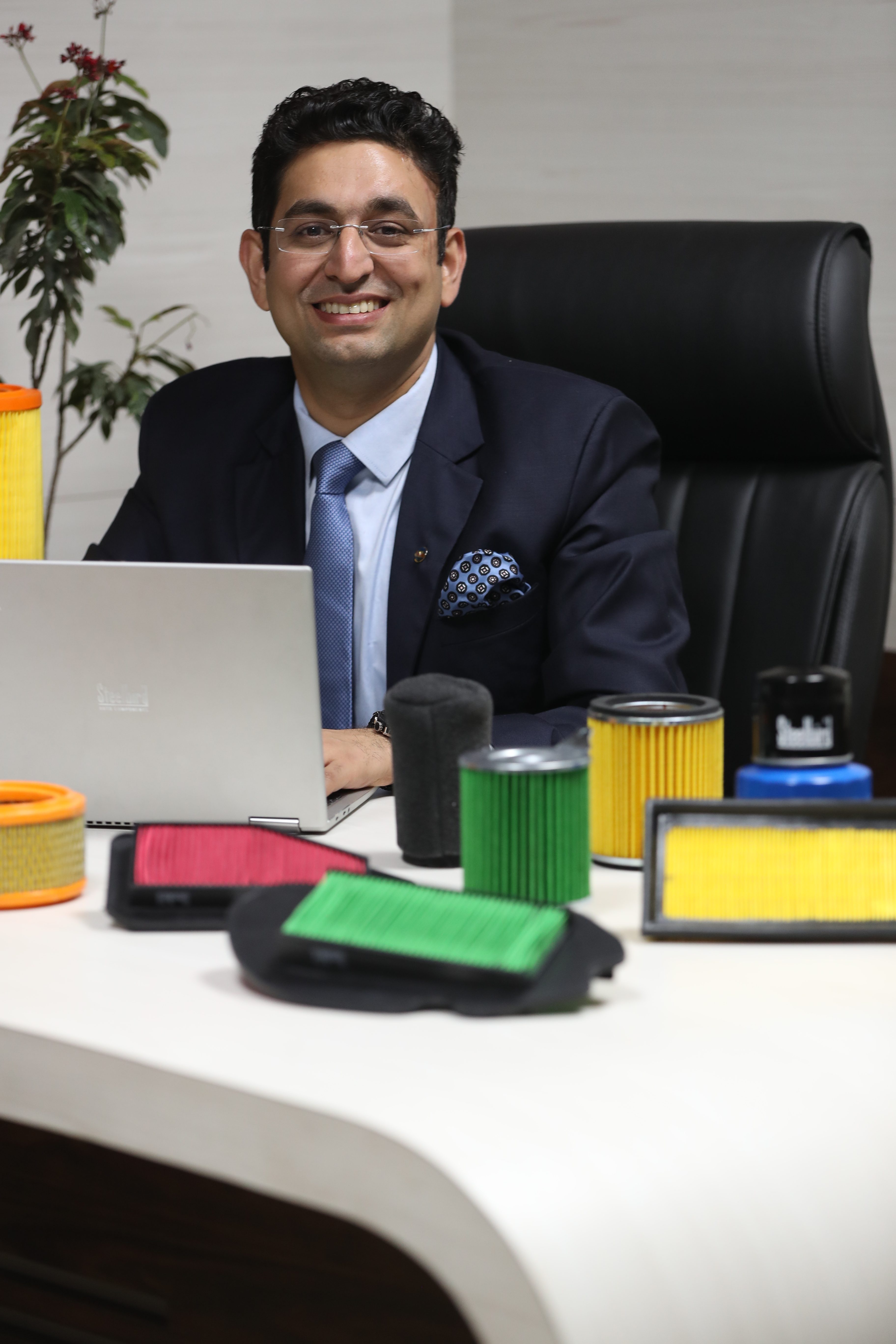

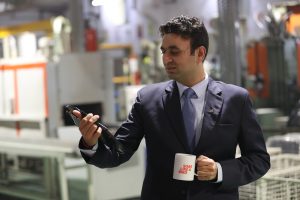


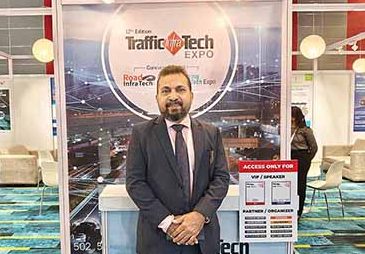

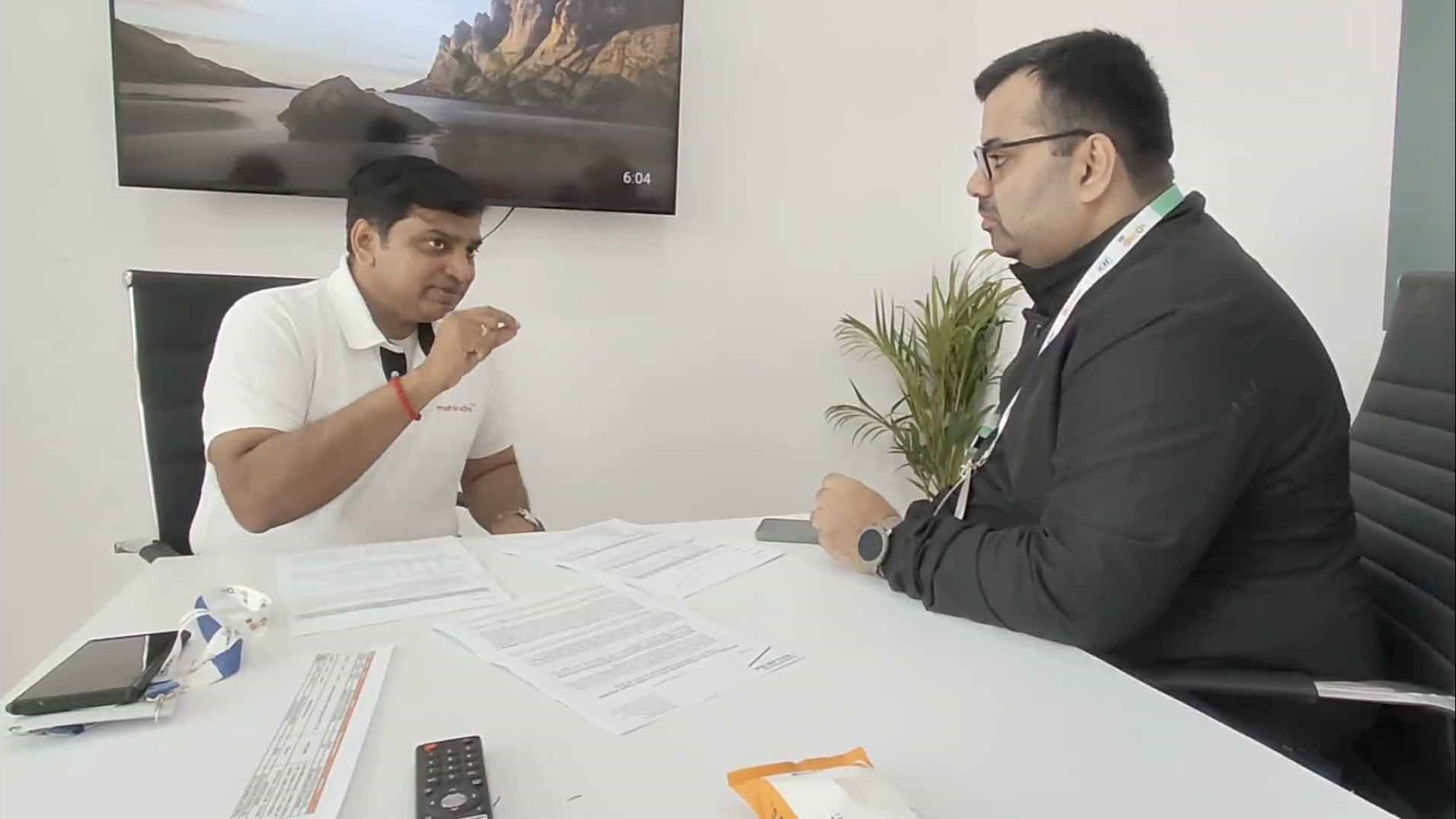

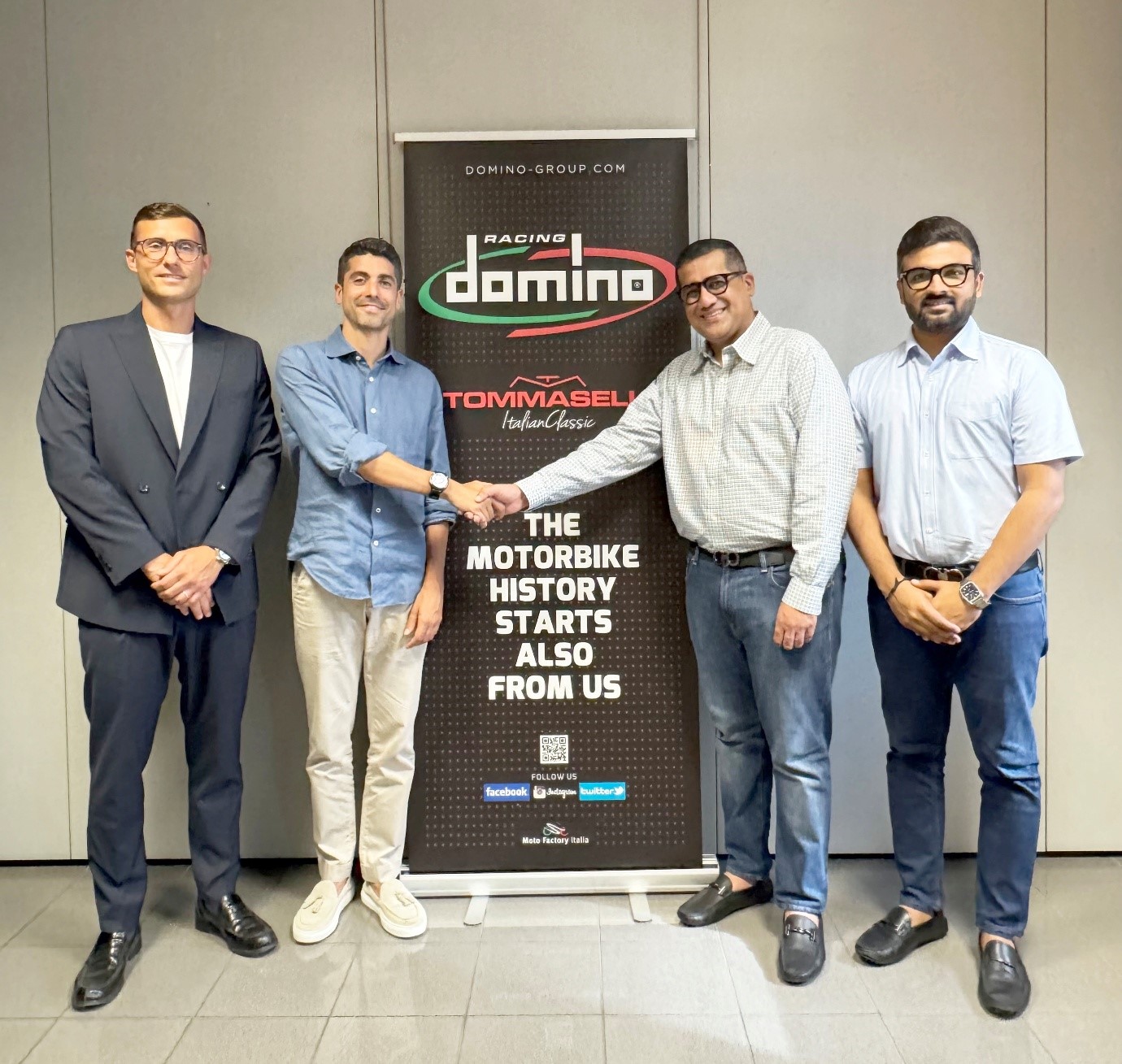
Leave a Reply